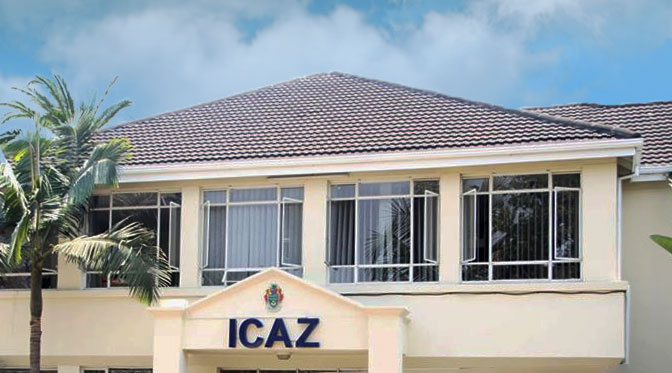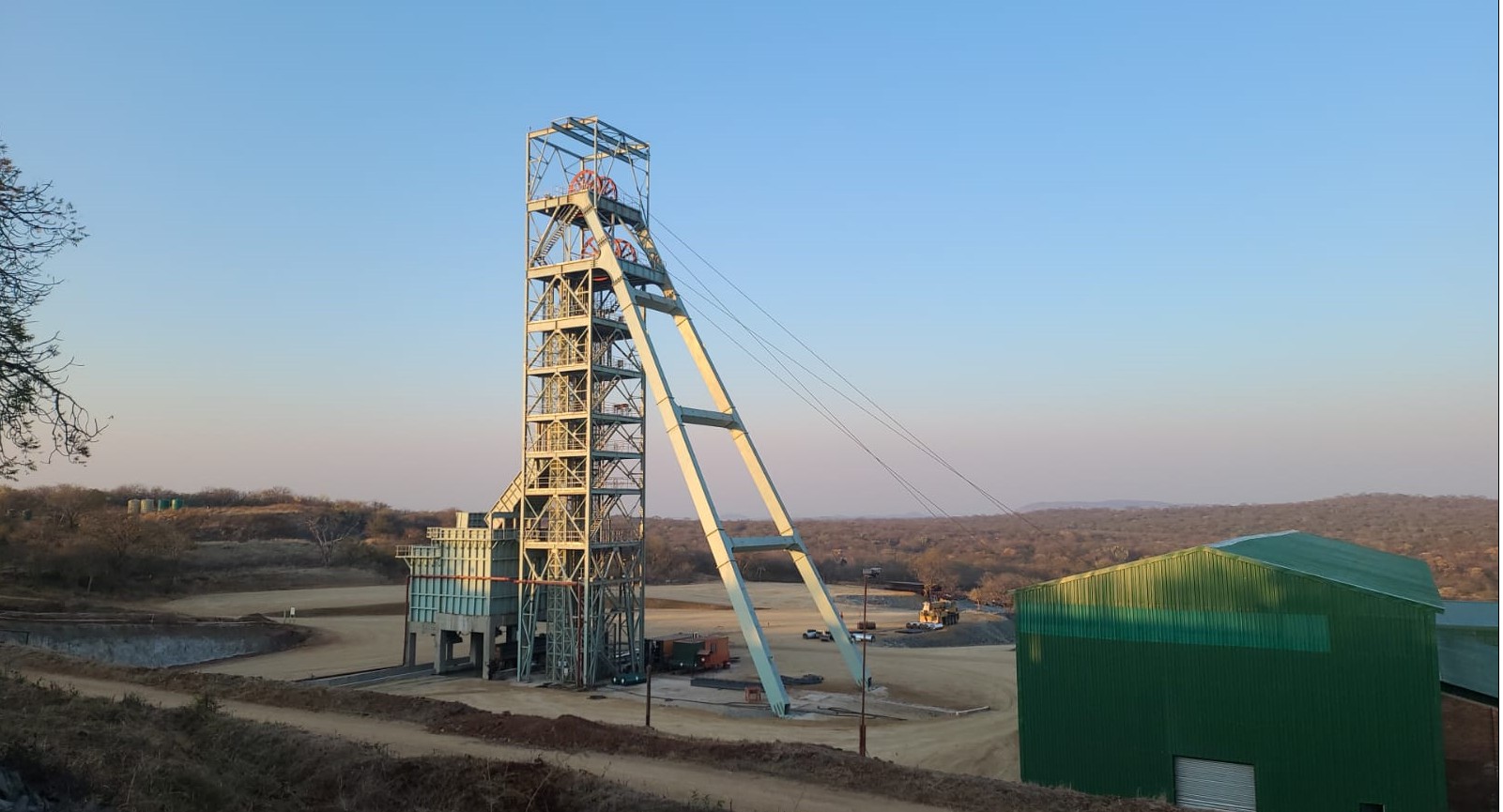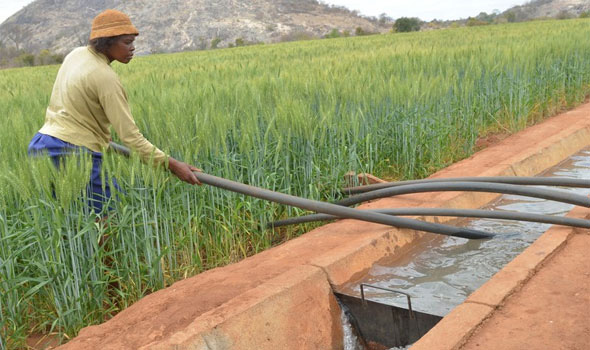Mineral sales volume up, value down amid PGM dip
Zimbabwe’s mining sector experienced a mixed performance in the first quarter of 2025, with mineral sales increasing in volume but declining in value, according to the latest report from the Minerals Marketing Corporation of Zimbabwe (MMCZ).
The MMCZ reported that a total of 1 021 296 tonnes of minerals were sold in the first quarter of 2025, generating US$555,2 million in revenue. This represents a 16 percent increase in volume compared to the same period in 2024, but a 27 percent decrease in value.
The rise in volume was attributed to increased exports of coal, which was up 63 percent year on year; coke, which gained 58 percent; chrome ore (lumpy), which was up 53 percent; copper concentrates, which shot up 117 percent; high carbon ferrochrome exports, which grew 25 percent; and scrap, which was up 37 percent.
Additionally, the introduction of steel exports contributed to the volume growth. However, the decline in value was primarily due to a decrease in sales of the platinum group metals (PGMs) cluster.
The MMCZ noted that, “The significant contraction in both volume and value for PGM concentrate sales can be attributed to the delayed implementation of the Mimosa-ZIMPLATS toll processing arrangement.”
Furthermore, a production shortfall at Unki Mine, resulting from electricity supply challenges in the third quarter of 2024, contributed to the decline in matte exports.
Despite the challenges, PGMs matte remained the top revenue contributor, with 4 762 ounces sold for US$208,4 million. This was followed by spodumene, which saw its 244 414 tonnes bring in US$83,5 million; high carbon ferrochrome exported was 98 129 tonnes valued at US$73,4 million.
Coke exports were 264 331 tonnes to the tune of US$51,8 million, while PGMs concentrates sold were 15 250.8 tonnes for a value of US$48,7 million.
Dr Cephas Jumburu, a mineral economist at the University of Zimbabwe, commented on the performance,
“The increase in export volumes is encouraging, but the decline in revenue highlights the vulnerability of our mineral sector to global price fluctuations. Diversification and value addition are essential to mitigate these risks.”
Economist Tinevimbo Shava noted, “The delayed implementation of the Mimosa-ZIMPLATS toll processing arrangement has had a significant impact on PGM revenues. Resolving such operational bottlenecks is crucial for the sector’s performance.”
Looking ahead, Zimbabwe’s platinum output is forecast to remain steady in 2025, with production expected to increase marginally to 512 000 ounces from 514 000 ounces in 2024.
This stability is notable given the global platinum market’s projected deficit, driven by weakening recycling volumes and constrained mine production, particularly in South Africa.
The World Platinum Investment Council (WPIC) reports that the global platinum market will experience its third consecutive year of supply shortfalls, with the 2025 deficit estimated at 848 000 ounces.
This is largely due to robust investment demand, despite economic uncertainties.
Another economist, Sarah Chikore, emphasised the importance of infrastructure, “Energy supply challenges, like those experienced at Unki Mine, not only affect production but also investor confidence. Addressing these issues is vital for sustainable growth.”
While the local mining sector has shown resilience in increasing export volumes, the decline in revenue underscores the need for strategic interventions.
Addressing operational challenges, enhancing infrastructure, and pursuing value addition will be critical in maximising the sector’s contribution to the national economy.-herald









